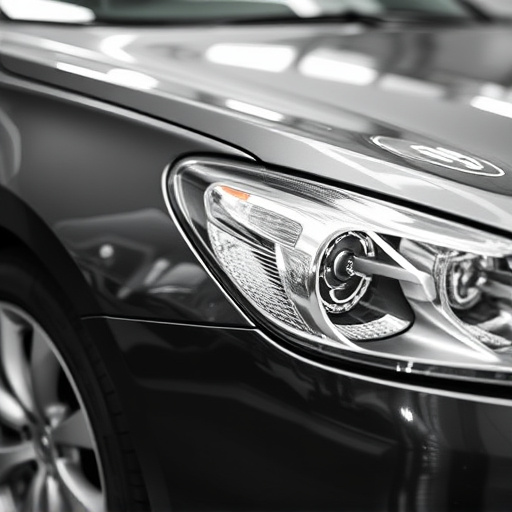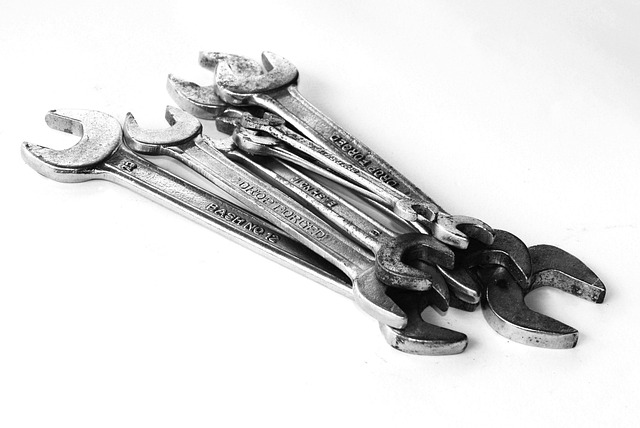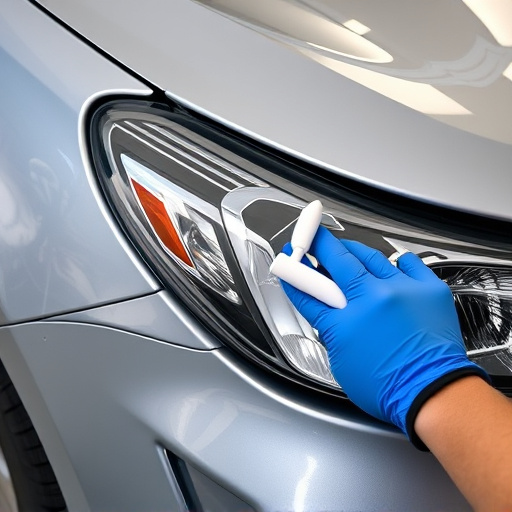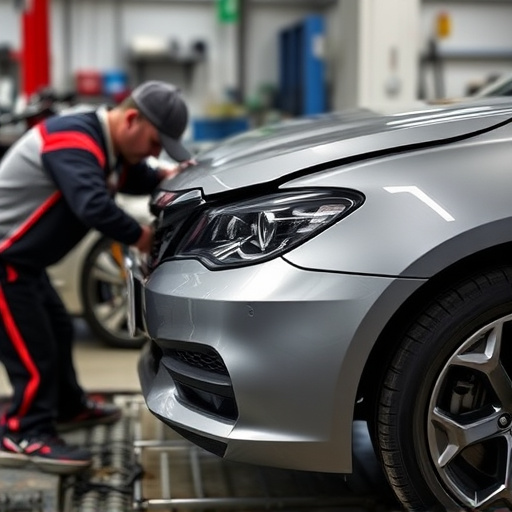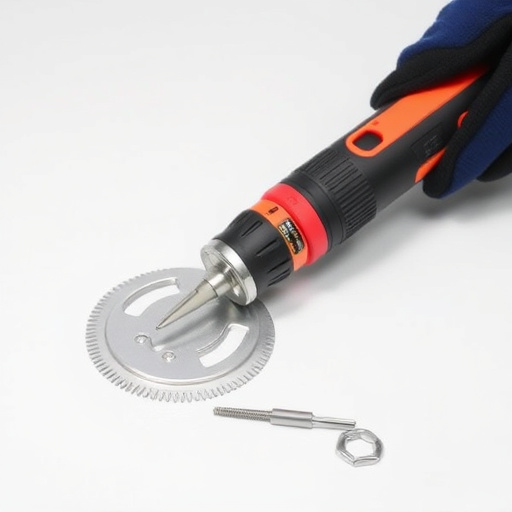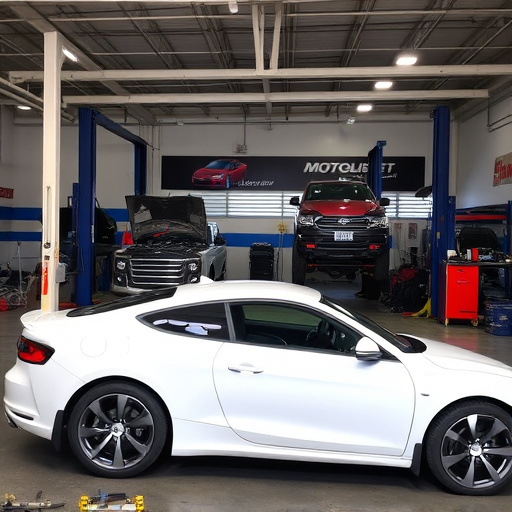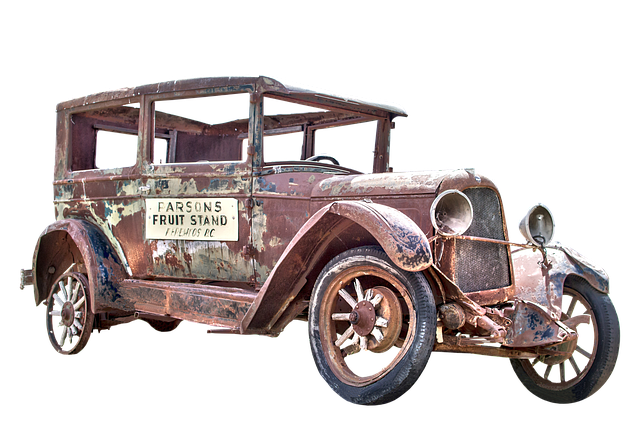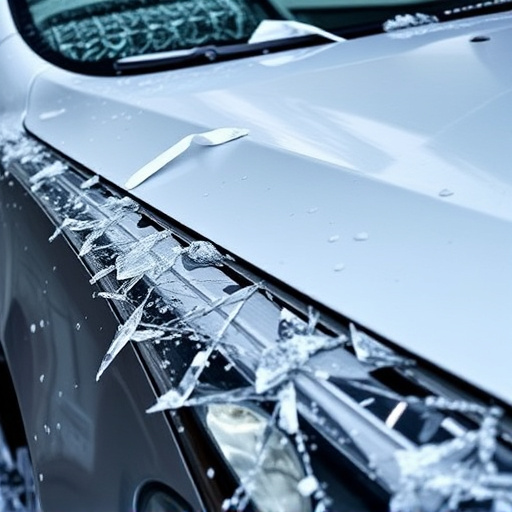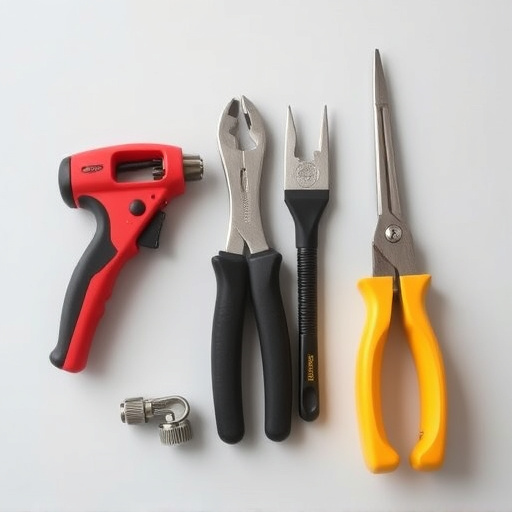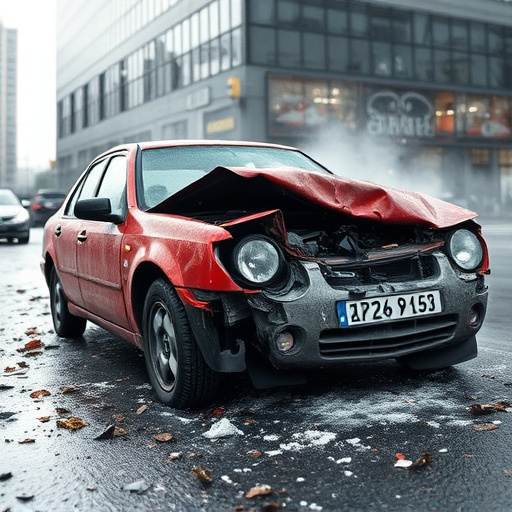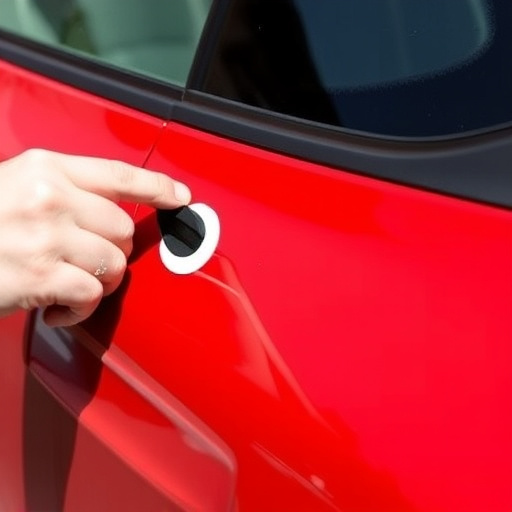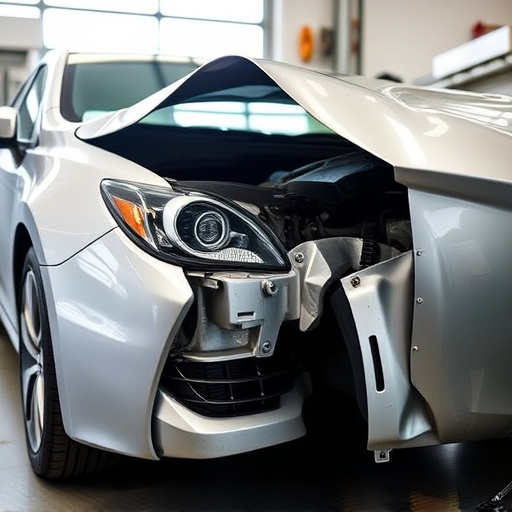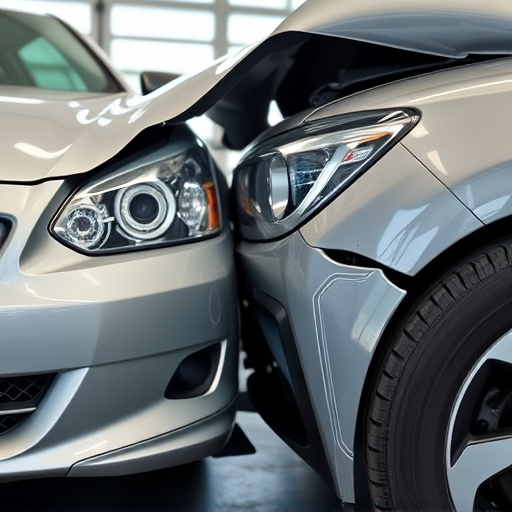In the realm of collision auto body repair, choosing the right parts is crucial. This article explores the debate between OEM (Original Equipment Manufacturer) and aftermarket parts, offering a deep dive into their distinct advantages and considerations for collision auto body shops. From cost-effectiveness to quality and performance, we balance the scales to help shop owners and technicians make informed decisions that prioritize customer satisfaction and safety in these bustling environments.
- Understanding OEM and Aftermarket Parts: A Deep Dive
- Advantages and Considerations in Collision Auto Body Shops
- Making Informed Decisions: Cost, Quality, and Performance Balance
Understanding OEM and Aftermarket Parts: A Deep Dive

In a collision auto body shop, the distinction between OEM (Original Equipment Manufacturer) and aftermarket parts is crucial for delivering quality collision repair services. OEM parts are precisely engineered to fit and perform like the original equipment on a vehicle, ensuring optimal safety and performance. They are typically sourced directly from the car manufacturer, guaranteeing compatibility and reliability in restoring the vehicle to its pre-accident condition. For collision auto body shops, using OEM parts can enhance customer satisfaction by providing a seamless repair that maintains the car’s original factory standards.
Aftermarket parts, on the other hand, are third-party products designed as alternatives to OEM components. While they may offer cost advantages, their quality and compatibility can vary significantly. Some aftermarket parts might not meet the strict manufacturing standards of OEM parts, potentially leading to issues with fit, performance, or longevity. Collision repair shop technicians must carefully assess each part’s source, quality, and compatibility before installation to ensure a safe, durable, and aesthetically pleasing car restoration. Ultimately, balancing cost considerations with the need for high-quality, compatible parts is essential in providing top-notch body shop services for customers.
Advantages and Considerations in Collision Auto Body Shops

Collision auto body shops often face a choice between using Original Equipment Manufacturer (OEM) parts and aftermarket alternatives. While OEM parts offer the advantage of precise fitment, guaranteed quality, and compatibility with the vehicle’s make and model, they can be significantly more expensive. Aftermarket parts, on the other hand, provide a cost-effective solution, often at a lower price point, making them an attractive option for both shops and customers looking to save money without compromising on safety.
When selecting between OEM and aftermarket parts, collision auto body shops must consider factors such as availability, lead times, and warranty coverage. Aftermarket parts may be readily available and easier to source, especially for older or less common vehicle models. However, they might not always come with the same level of quality assurance or manufacturer backing as OEM parts. Shops should also evaluate customer preferences and insurance company requirements, ensuring that the chosen parts meet safety standards and align with the desired vehicle restoration outcome, be it top-notch car paint services or comprehensive auto body repairs.
Making Informed Decisions: Cost, Quality, and Performance Balance

When it comes to collision auto body shops, choosing between OEM (Original Equipment Manufacturer) parts and aftermarket options is a crucial decision. Both have their merits, but understanding the balance between cost, quality, and performance is essential for customers looking for the best car damage repair.
While OEM parts offer authenticity and precision, fitting them can be pricier due to their direct association with vehicle manufacturers. Aftermarket components, on the other hand, provide a more affordable alternative, often without compromising too much on quality. Collision auto body shops must assess each repair project individually; some may require the original parts for optimal performance and longevity, especially in complex auto body shop scenarios. In such cases, customers should inquire about the benefits and potential trade-offs to make an informed decision regarding their collision repair services.
When it comes to collision auto body shops, choosing between OEM and aftermarket parts is a crucial decision. While OEM parts offer authenticity and superior performance, aftermarket options provide cost-effectiveness and widespread availability. Ultimately, the best choice depends on individual needs, with both having their merits in different scenarios. Collision auto body shops can ensure quality repairs by weighing these factors, providing customers with reliable and safe vehicle restoration.
